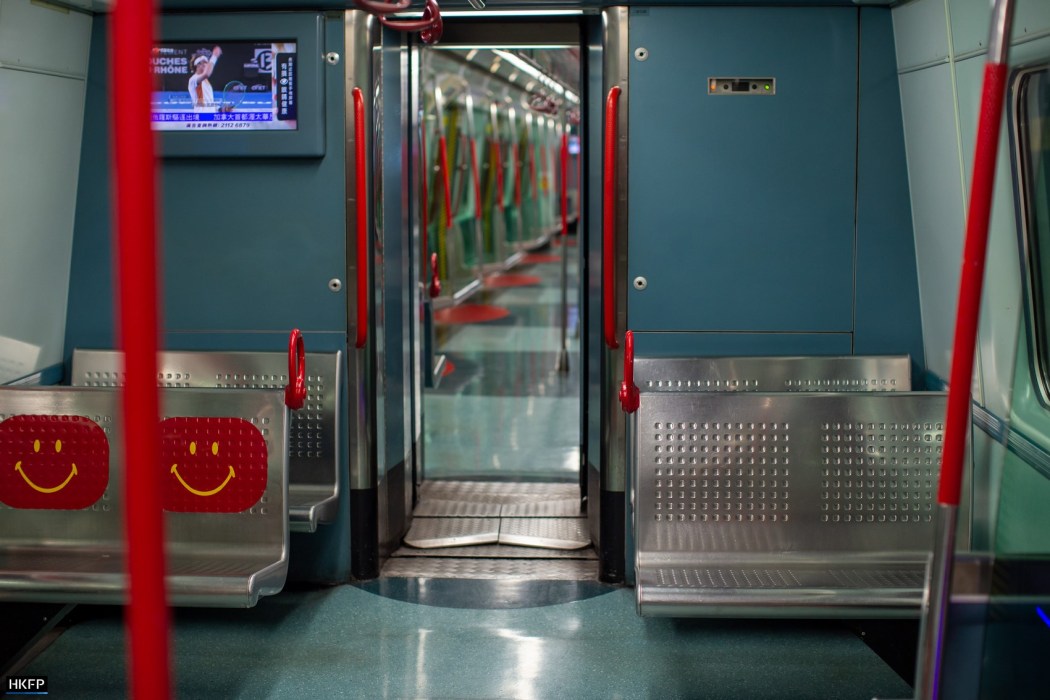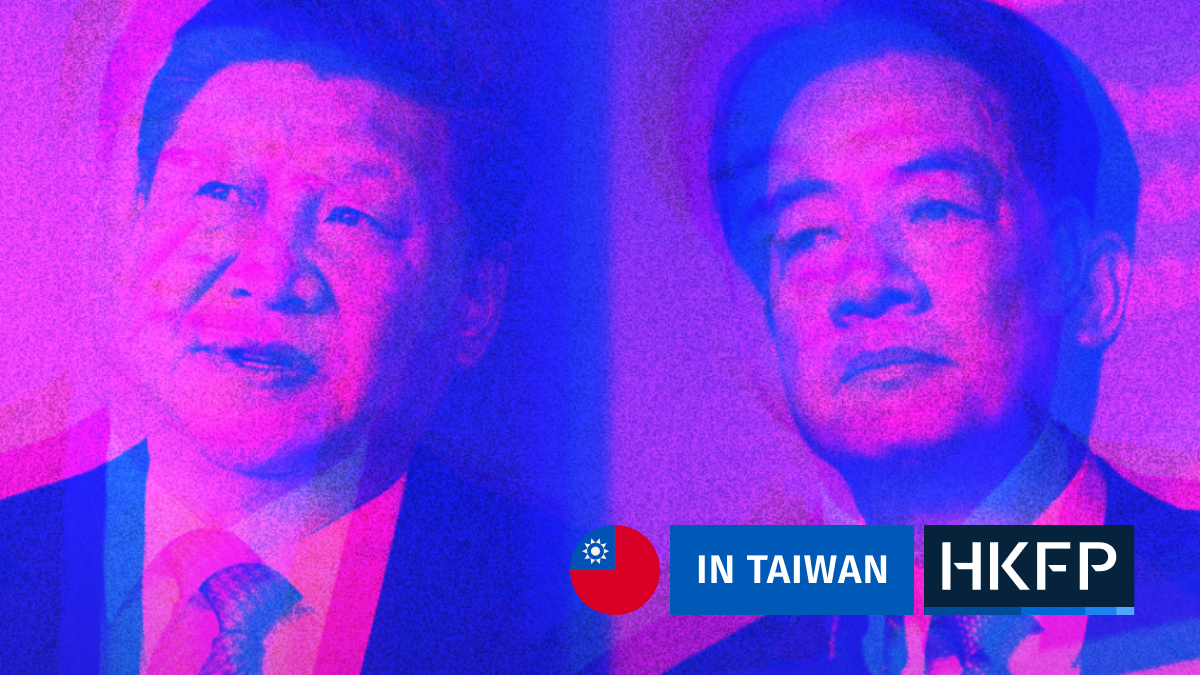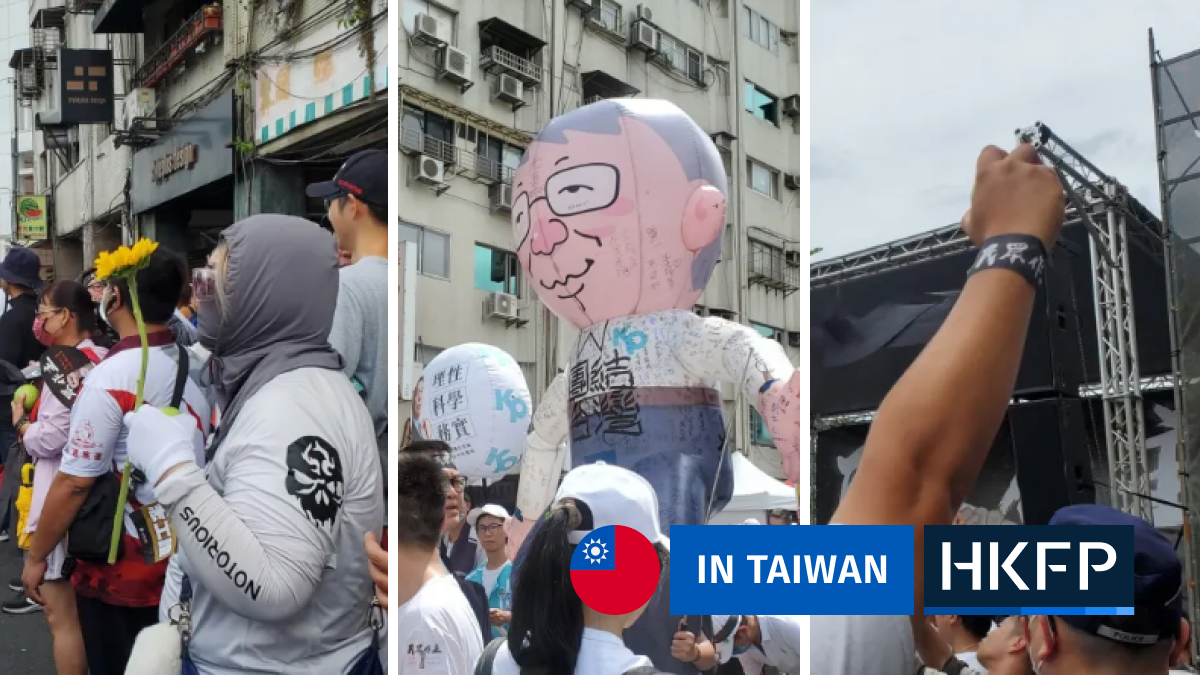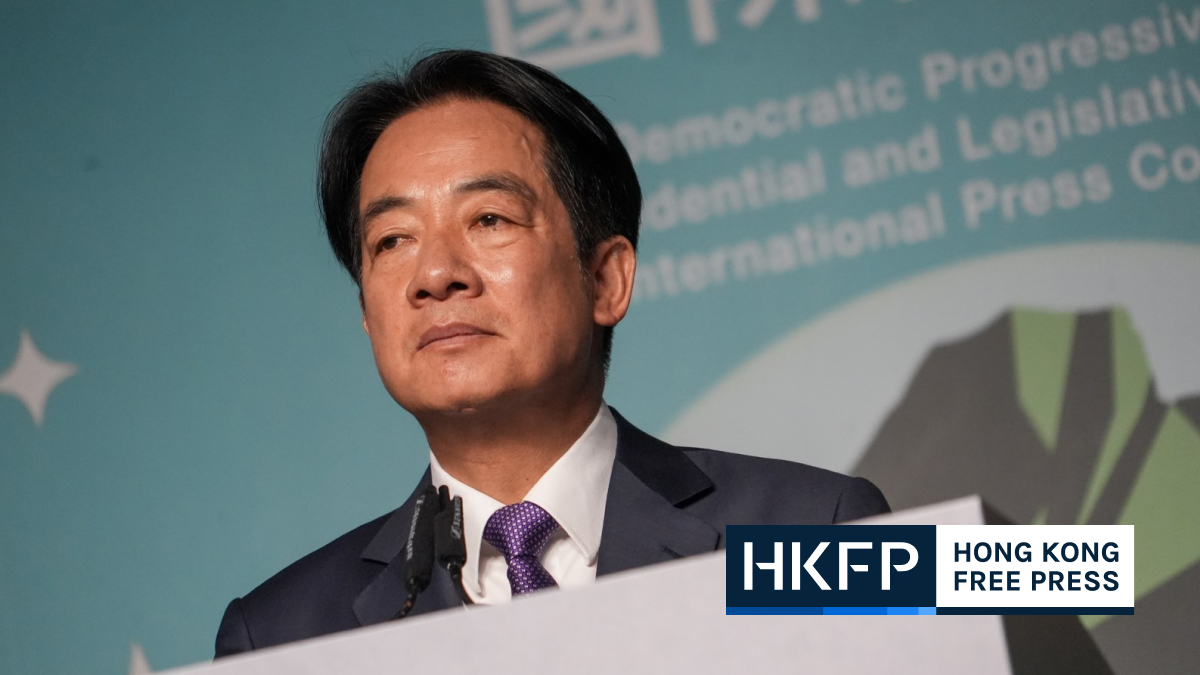Many railway enthusiasts in Hong Kong have been nervously counting down over the past few months. One of their treasured electric train models, which has served the city for decades, will soon vanish from sight as it goes into retirement, and they have little idea when their last ride may be.

Standing on the platform of Sha Tin station, railfan Thomas Yeung squinted as a Mid-Life Refurbishment Train (MLR-train) emerged from a distance. The 19-year-old lifted his camera with a long zoom lens and began snapping away. He made sure he had a variety of photos documenting the sporadic sighting of this 12-car vehicle.
The second year university student knew it might be his final chance to see the iconic East Rail Line train in action before he travelled to Australia for his studies.

Nicknamed the “fly-headed train” for its vague resemblance to an insect, a fleet of MLR-trains has been in service for almost 40 years on the line that stretches from Hong Kong’s border with China to the city’s Kowloon side.
But because of the MTR’s looming cross-harbour extension, the trains are expected to be completely decommissioned ahead of the launch of the Sha Tin to Central Link reportedly scheduled on May 15.
Railway fanatics have been keeping tabs on the gradual fade-out of MLR-trains. Facebook page Riders, for instance, estimated on Monday that there were only four left. The MTR has not announced when they will make their last journeys.

“[The MTR] may retire a few more [MLR-trains] tomorrow, and the remaining fleet disappear by next week – we never know,” Yeung, who is also a member of Riders, told HKFP back in mid-February.
Riders described the train as a “collective memory of Hong Kong,” while Yeung said it was an integral part of his childhood, when his father and other relatives who worked for the railway company would often show him around the train depot to learn about the vehicles.
For railway fans in Hong Kong, MLR-trains were a cherished legacy from the era of the Kowloon–Canton Railway (KCR), which came into service in October 1910 when the city was still under British colonial rule. Its earliest route consisted of only seven stations including Kowloon, Hung Hom, Sha Tin, Tai Po, Tai Po Market, Yau Ma Tei and Fanling.

By 1962, steam trains were fully replaced by diesel trains, and the predecessor of MLR-train – the First Generation Electric Multiple Unit Train launched in 1982 – marked the modernisation of the city’s railway network. The government-owned KCR continued to operate until 2007, when it was merged with the MTR.
As the second generation of electric trains in Hong Kong, which were introduced in 1997, Yeung said MLR-trains stood out from mass transit trains because passengers could experience the feeling of travelling to the rural parts of Hong Kong, like old times.
“The journey between University station and Tai Po Market station, with the views along the Tolo Highway, you really feel like you are going on a trip on a train,” Yeung said, adding that the eight-minute journey between the two stops gives railfans ample opportunities to capture the MLR-train in its full glory.

Another member of the Riders group, Ronald, who only wished to be identified by his first name, pointed to the vertically-placed seats on MLR-trains, which he said resembled the seating arrangement on traditional locomotives.
“It is one of the reasons why [MLR-trains] are irreplaceable,” he told HKFP in February.

Ronald went on to say that the MLR-train was a symbol of the KCR corporation, which maintained a close relationship with local railfans by allowing them to visit its depots. Even after the 2007 merger, this train still reminded people of the fond memories of the historic railway operator.
“The full retirement of this type of train, to a certain extent, signifies people’s memory of the KCR is drawing to a close,” Ronald remarked.
Throughout the years, the MLR-trains survived several major incidents. In December 2005, passengers on a southbound train were forced to leave the carriages at an intermediate stop at Fo Tan after an abnormal sound was heard. The railway company then discovered the underframe had cracked.

A more recent incident took place in September 2019, when a train derailed at Hung Hom station and left eight people injured. The MTR said it was a screw failure that led one of the rails to shift sideways, causing the derailment.
While he did not want to see the KCR-style train retire, Ronald said the trains that have run in Hong Kong for decades just did not have the capacity to support the expanded East Rail Line.
“Having operated for more than 30 years, we could say [the MLR-train] fulfilled its job beyond its capacity,” he said.

In response to HKFP’s enquiries, the MTR Corporation said it has been closely reviewing the delivery of the new trains and operations of the East Rail Line to decommission MLR-trains in batches. The retirement arrangement will be announced in due course, the railway company said.
The recyclable components of the retired trains would be dismantled in accordance with guidelines from the Environmental Protection Department and relevant laws, the MTR said. The company may also donate some components to community partners through for education purposes the “Legacy Train Revitalisation Programme,” it added.

Riders has called on the MTR to organise a farewell ceremony for the cherished train, saying it served as “teaching material” for enhancing the safety of the local railway system and marking an end of an era before the extended East Rail Line comes into service. The ceremony could also draw the public’s attention to the conservation of Hong Kong’s railway assets, the group said.
Speaking to HKFP three days before his flight to Adelaide, Yeung admitted he was reluctant to leave his home city where he spent years capturing his favourite transportation through his lens. His one wish was to be able to witness the MLR-train bow out with dignity.
“But to be honest, with all just the new trains running, I won’t miss [photographing trains in Hong Kong] as much. I just really hope I can see the MLR-trains retire honourably,” he said.
Support HKFP | Policies & Ethics | Error/typo? | Contact Us | Newsletter | Transparency & Annual Report | Apps
Help safeguard press freedom & keep HKFP free for all readers by supporting our team

LATEST FROM HKFP
HKFP has an impartial stance, transparent funding, and balanced coverage guided by an Ethics Code and Corrections Policy.
Support press freedom & help us surpass 1,000 monthly Patrons: 100% independent, governed by an ethics code & not-for-profit.










